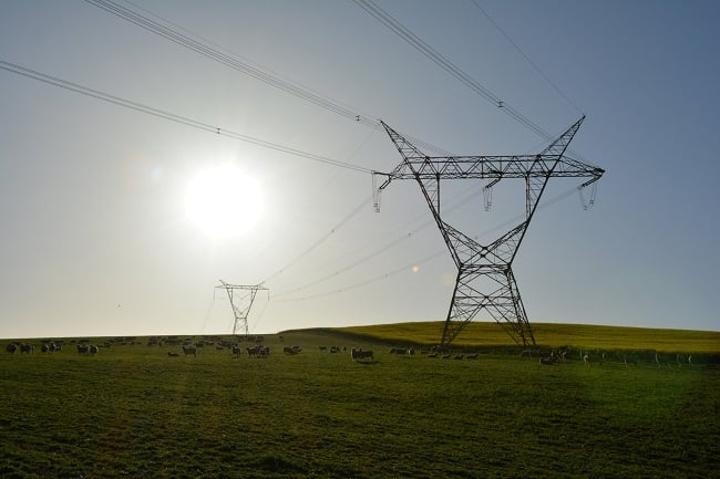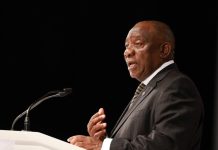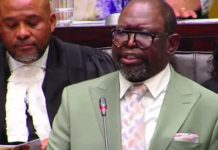Africa-Press – South-Africa. It’s not only Eskom that needs closer scrutiny – the national energy regulator and the Department of Mineral Resources and Energy also need a closer look if we are to solve the energy crisis, writes Nichola Richards.
South Africa’s ongoing electricity crisis is no secret and, while it is impossible to ignore Eskom’s responsibility for our current state of affairs, it is important to point out the wider web of institutions responsible and the importance of the political economy in ending this crisis. Blaming one player is easy, but if the roles of others in the electricity sector are not appreciated then solutions to the problems facing the sector will remain elusive.
The web of shared responsibilities in the sector, of which Eskom is only one part, is clear. The Department of Mineral Resources and Energy (DMRE), the Department of Public Enterprise (DPE) and the National Energy Regulator of South Africa (NERSA) need to be included in the debate on South Africa’s electricity if we are going to make our way out of the dark.
Eskom is stuck between a rock and a hard place. Unlike many national electricity utilities, Eskom is not only mandated to provide electricity, but must also support national developmental agendas, such as the National Development Plan, to encourage economic growth and development in South Africa. While many other utilities need to explore options around how to transition away from fossil fuels, such as coal or diesel, Eskom needs to expand their transition to include the realities of South Africa. It is not just a question of clean, renewable energy and cost effective electricity provision but also accessibility and affordability.
One way the utility stepped up to this challenge was by establishing a Just Energy Transition (JET) Office in 2020. This office is responsible for determining the utility’s JET strategy, outlining a commitment to low carbon futures, the inclusion of renewable energy and repurposing of coal-fired power plants, while keeping in mind environmental and socio-economic goals. The decommissioning of the Komati power plant highlights this strategy well. Unfortunately, Eskom has lost key players to drive the transition such as Mandy Rambhoras, general manager of the JET Office and CEO, André de Ruyter.
Upon his resignation, De Ruyter stated that “I am in a position where I am dependent on the support of the broader political economy and that support is absolutely critical to enabling the success of Eskom. Given the recent media reports, I don’t regard that position as being tenable”.
The South African government has signalled support for an energy transition, signing the Paris Agreement in 2016, establishing the Presidential Climate Commission (PCC) and expressing a desire for a just transition. But actions such as selecting Karpowership as the preferred bidder in bid window 6 of the Risk Mitigation Independent Power Producer Procurement Programme to address the energy crisis indicate a few contradictions between the reality and the desire.
Attempts to benefit from the abundance of renewable energy sources like solar and wind through the Renewable Independent Power Producer Programme seem to be slow and contested, even while renewable energy prices have been decreasing. Adding to this contradiction is the Energy Action Plan, presented to Cabinet by the newly appointed Minister of Electricity, Kgosientsho Ramokgopa. The plan includes slowing the planned decommissioning of Eskom’s coal power plants, in opposition to key national level planning, such as the Integrated Resource Plan and the PCC’s Just Transition Framework.
The cost of electricity is important and Nersa is supposed to provide a fair and supportive framework, ensuring that electricity prices are affordable and cost-reflective for the utility. This is a dream in South Africa, where electricity is unaffordable for many while at the same time has almost never been cost-reflective (i.e., Eskom is unable to charge what it actually costs to make the electricity).
This is a dilemma to say the least. It would be ideal if we had a pricing policy, able to support both the utility and the regulator in setting tariffs and included long-term price planning, so we could move towards tariffs that work for Nersa, Eskom and South Africans. Unfortunately, the Electricity Pricing Policy of 2008 (responsibility of the DMRE), was only provisionally updated in 2022, with a draft published for comment in February 2022. This policy lag left Nersa’s Multi-Year Price Determination (MYPD) as the only methodology used to determine Eskom’s tariffs, resulting in multiple court cases between Eskom and Nersa, with very little to show for it. How does this help South Africa or aspirations of a just energy transition?
The unbundling of Eskom is one solution towards developing a functioning and effective electricity sector, and has been ongoing and contested. The separation of the utility into its three functions (generation, transmission and distribution) requires coherence and collaboration between Eskom, the DPE, the DMRE, and Nersa.
In 2019, President Cyril Ramaphosa announced the unbundling and the DPE published the Roadmap for Eskom in a Reformed Electricity Industry, but there has been no further clarity on how this complicated process will unfold. Eskom has appointed a Group Executive Transformation Management Office and has established boards for each division, yet still awaits the necessary legislation and outlines for the process, which remains the responsibility of the DMRE.
Additional to the slow legislative support for unbundling, is the sluggish electricity planning from the DMRE. The Integrated Resource Plan, which outlines how South Africa’s electricity demand will be met in the future, was envisioned as a ‘living document’ in 2011 when first published, with revised versions to be developed every two years. Since then there has only been one new version published, in 2019. Eskom relies on this document to develop and implement electricity planning integral to the utility’s function.
While there has been significant changes made to Eskom’s management there has been little to no change to the DMRE’s or Nersa’s. All the small pieces, and all the parties involved, need to come together to resolve this crisis and move us to a brighter future.
For More News And Analysis About South-Africa Follow Africa-Press






